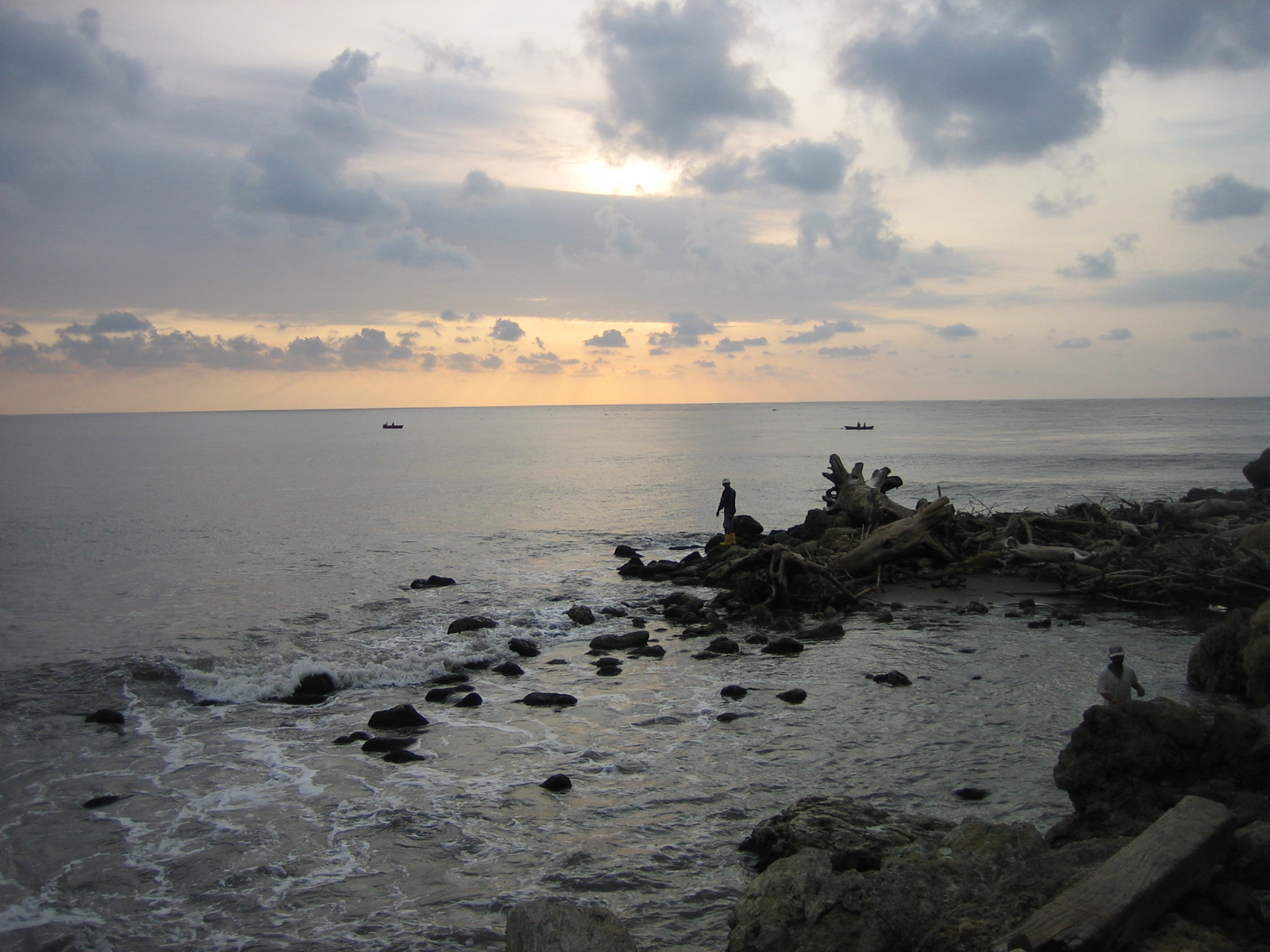Bocas De Cenizas on:
[Wikipedia]
[Google]
[Amazon]
 Bocas de Ceniza (Spanish for: ''Ash Mouths'') is the mouth of the
Bocas de Ceniza (Spanish for: ''Ash Mouths'') is the mouth of the
 Bocas de Ceniza (Spanish for: ''Ash Mouths'') is the mouth of the
Bocas de Ceniza (Spanish for: ''Ash Mouths'') is the mouth of the Magdalena River
The Magdalena River ( es, Río Magdalena, ; less commonly ) is the main river of Colombia, flowing northward about through the western half of the country. It takes its name from the biblical figure Mary Magdalene. It is navigable through much of ...
in the Caribbean Sea
The Caribbean Sea ( es, Mar Caribe; french: Mer des Caraïbes; ht, Lanmè Karayib; jam, Kiaribiyan Sii; nl, Caraïbische Zee; pap, Laman Karibe) is a sea of the Atlantic Ocean in the tropics of the Western Hemisphere. It is bounded by Mexico ...
. It owes its name to the dusky color ocean waters take to receive the river. At present, the river flows into the sea through an artificial canal built in the 1930s.
History
Bocas de Ceniza was discovered byRodrigo de Bastidas
Rodrigo de Bastidas (; Triana, Seville, Andalusia, c. 1465 – Santiago de Cuba, Cuba, 28 July 1527) was a Spanish conquistador and explorer who mapped the northern coast of South America, discovered Panama, and founded the city of Santa Marta.
...
on 1 April 1501. In 1824 the river navigation steamships began, raising local interest in the use of Bocas de Ceniza. The railway construction between Barranquilla
Barranquilla () is the capital district of Atlántico Department in Colombia. It is located near the Caribbean Sea and is the largest city and third port in the Caribbean Coast region; as of 2018 it had a population of 1,206,319, making it Col ...
and Puerto Colombia
Puerto Colombia is a coastal town and municipality in Atlántico Department, Colombia founded in the mid 1800s. Famous for its "Pier of Puerto Colombia", that at one time was the largest Pier in the world. Duties were later transferred to the l ...
in 1872 and the transfer of Aduana Nacional to Barranquilla increased the desire to enable the sector of Bocas de Ceniza for international maritime trade.
References
Geography of Colombia {{Atlántico-geo-stub